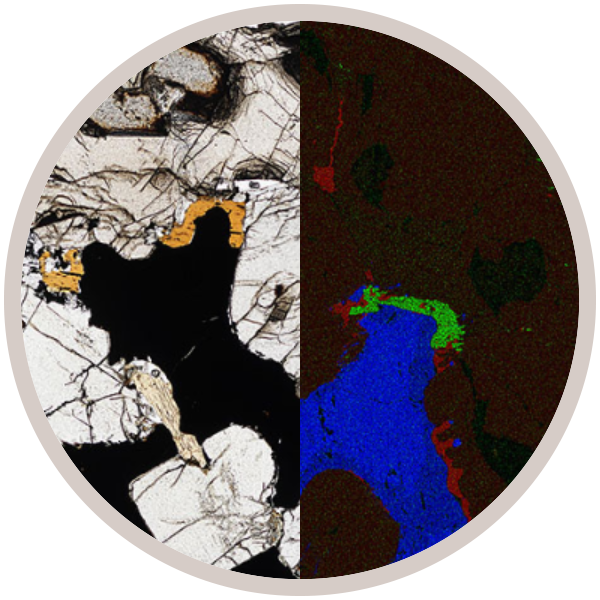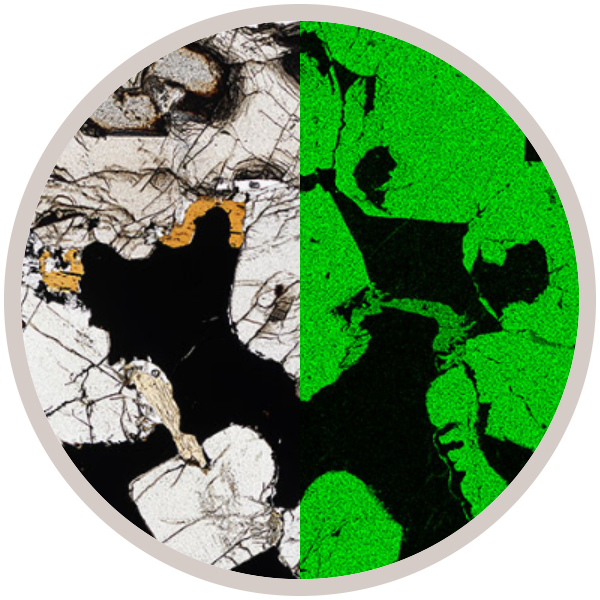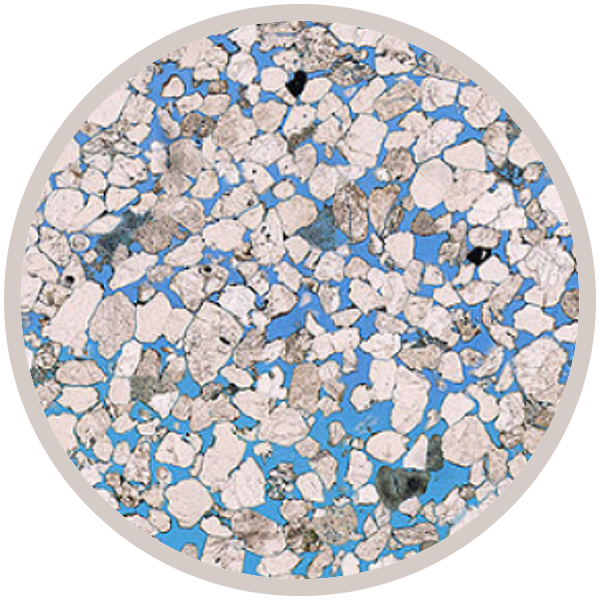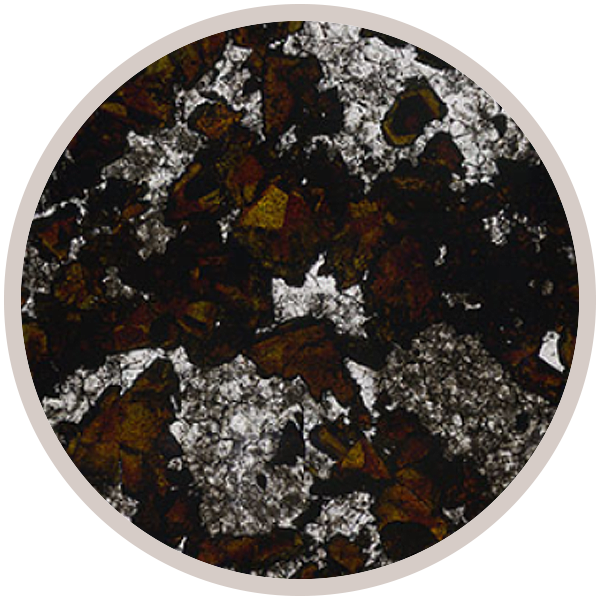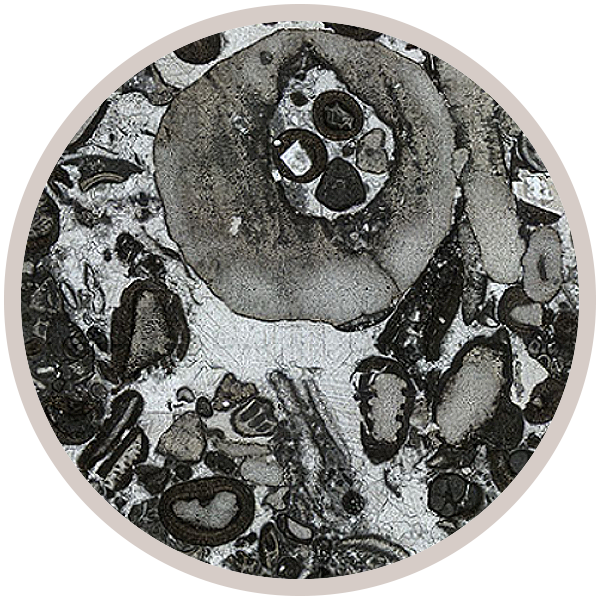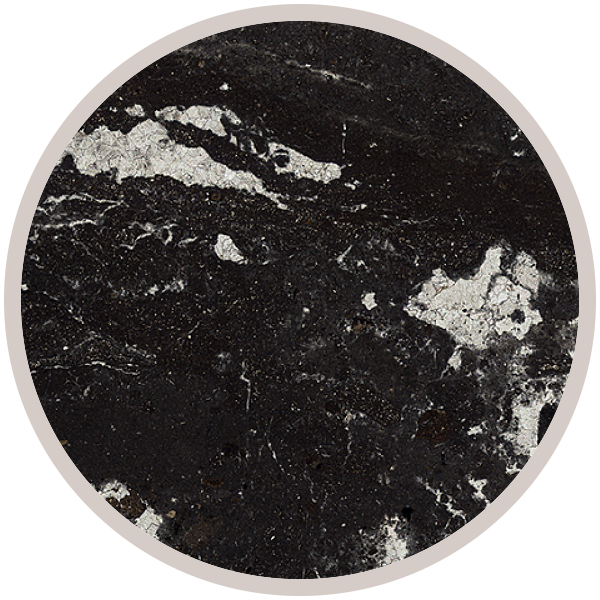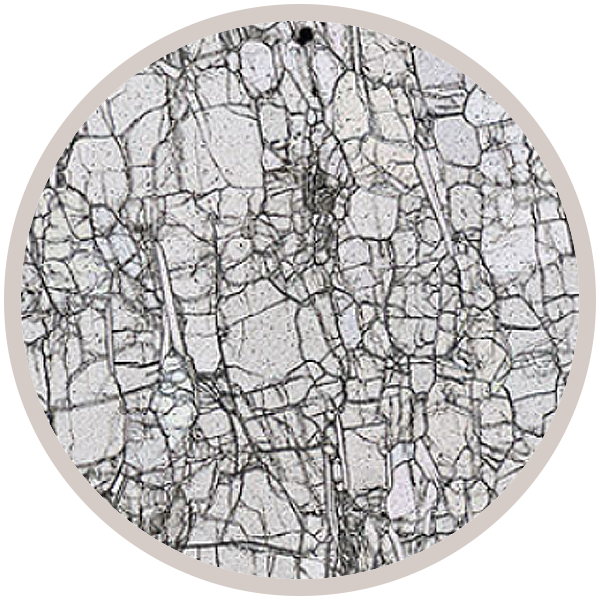
Fact sheet
This dunite is from the so-called Western Gneiss Region of Norway, and has been quarried for use as a refractory sand for high-temperature castings since V.M. Goldschmidt recognized its potential for such purposes. It contains Mg-orthopyroxene (enstatite) and Mg-Al chlorite as well as the dominant olivine, and all minerals share a grain-shape alignment having last equilibrated together under directed stress, presumably during the Scandian (ca 400 Ma) orogeny that affected rocks in western Norway when Baltica collided with Laurentia. The protolith may have been a slab of oceanic crust and mantle (ophiolite).
A group of iCRAG members (UCC, TCD, NUIG and UCD) in partnership with The Open University have created a new collection of Irish rocks and associated learning materials for the Virtual Microscope of Earth Sciences.
The project which is entitled 'The Geoscience e-Laboratory (GeoLab): Developing Digital Teaching and Learning Resources for the Virtual Microscope' seeks to develop open access teaching resources in the form of interactive exercises and assessment rubrics for the Virtual Microscope. Find out more about the project at the GeoLab website.
The Collection was created using funding from the Faculty of Engineering, Mathematics and Science at Trinity College, Dublin, and the National Forum Teaching and Learning Enhancement Fund. One sample (Merensky Reef) showcasing x-ray element maps in addition to the usual PPL/XPL/REF images was funded by Prof. Balz Kamber's MetalIntelligence EU training network grant.

